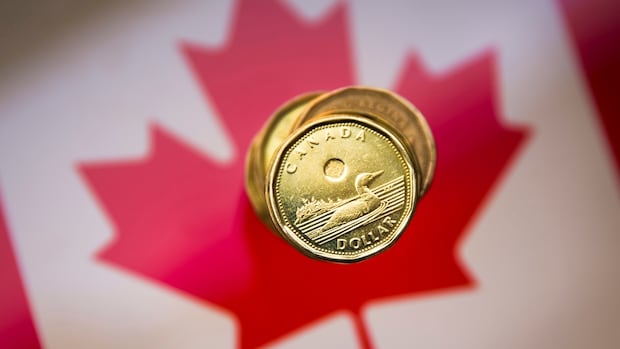Canada’s economy defied expectations in the first quarter of 2024, growing at an annualized rate of 2.2% between January and March, Statistics Canada reported Friday. This unexpected surge marks the strongest quarterly growth since the second quarter of 2022, offering a glimmer of hope amid persistent inflation concerns.
The growth substantially outpaced the Bank of Canada’s forecast of 1.5% and shattered economists’ more modest predictions of 1.2% expansion. Behind these encouraging numbers lies a complex economic narrative of consumer resilience, housing market fluctuations, and evolving business investment patterns.
“Canadian consumers continue to demonstrate remarkable spending power despite elevated interest rates,” said Royce Mendes, managing director at Desjardins. “This economic resilience suggests the central bank may need to reconsider its timeline for interest rate cuts.”
Household spending emerged as the primary driver, increasing 1.2% on an annualized basis—the first meaningful growth in this category since early 2023. Canadians opened their wallets for services (up 3.6%) while slightly pulling back on goods purchases (down 0.7%). The data reveals a shift in consumer priorities, with spending on travel, restaurants, and recreational services accelerating as pandemic behaviors continue to normalize.
The housing market delivered another surprise, with residential investment jumping 13.2% after six consecutive quarters of decline. This resurgence reflects renewed buyer interest as potential rate cuts loom on the horizon, though housing starts remained relatively flat at 212,624 units.
Business investment offered a more nuanced picture. While investment in machinery and equipment grew by 8.8%, non-residential structure investment fell by 6.6%, indicating shifting corporate priorities as companies adapt to a high-interest rate environment.
Not all economic indicators painted a rosy picture. Exports fell by 1.2% while imports surged 8.4%, significantly widening Canada’s trade deficit. This imbalance creates a concerning drag on overall economic growth that could become problematic if the trend continues.
“The composition of growth reveals both strengths and vulnerabilities in Canada’s economic framework,” notes Benjamin Reitzes, managing director at BMO Capital Markets. “Strong domestic demand is colliding with weaker export performance, creating potential sustainability questions for this growth trajectory.”
March data showed the economy expanding by 0.2%, with preliminary estimates suggesting April maintained similar momentum with another 0.2% increase. These monthly figures indicate Canada’s economy continues to grow despite the Bank of Canada maintaining its policy rate at a restrictive 5%.
The stronger-than-expected GDP reading has already influenced market expectations about the Bank of Canada’s next move. Swap markets now show decreased probability of a June rate cut, with many analysts pushing their rate cut expectations to July or later.
For everyday Canadians, the GDP report presents a mixed blessing. While economic growth typically supports job creation and wage growth, it may also delay the interest rate relief many homeowners and businesses have been eagerly anticipating.
As Canada navigates this economic crossroads, the question remains: has the economy found sustainable momentum, or is this quarter’s growth a temporary surge before higher interest rates fully impact economic activity? The answer will shape not only monetary policy decisions but the financial reality for millions of Canadians in the months ahead.
For more economic insights and analysis, visit CO24 Business for comprehensive coverage of Canada’s evolving financial landscape.
























